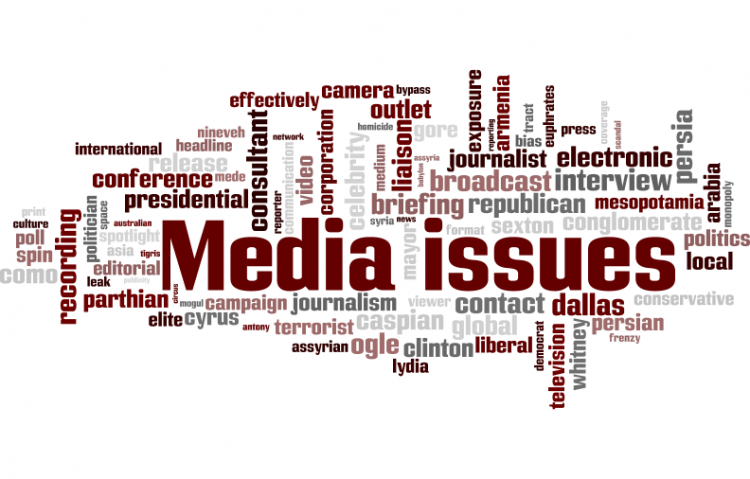
- Target:
- The FCC; The United States Congress; The United States President
- Region:
- United States of America
- Website:
- www.pbs.org
Quoting from the Museum of Broadcast Communications:
“The policy of the United States Federal Communications Commission that became known as the “Fairness Doctrine” is an attempt to ensure that all coverage of controversial issues by a broadcast station be balanced and fair. The FCC took the view, in 1949, that station licensees were “public trustees”, and as such had an obligation to afford reasonable opportunity for discussion of contrasting points of view on controversial issues of public importance. The Commission later held that stations were also obligated to actively seek out issues of importance to their community and air programming that addressed those issues. With the deregulation sweep of the Reagan Administration during the 1980s, the Commission dissolved the fairness doctrine. 1”
“The fairness doctrine ran parallel to Section 315 of the Communications Act of 1937 which required stations to offer “equal opportunity” to all legally qualified political candidates for any office if they had allowed any person running in that office to use the station. The attempt was to balance–to force an even handedness. Section 315 exempted news programs, interviews and documentaries. But the doctrine would include such efforts. Another major difference should be noted here: Section 315 was federal law, passed by Congress. The fairness doctrine was simply FCC policy. 1”
“By 1985, the FCC issued its Fairness Report, asserting that the doctrine was no longer having its intended effect, might actually have a “chilling effect” and might be in violation of the First Amendment. In a 1987 case, Meredith Corp. v. FCC, the courts declared that the doctrine was not mandated by Congress and the FCC did not have to continue to enforce it. The FCC dissolved the doctrine in August of that year. 1”
The Congress voted to enact the Fairness Doctrine into law; however, it was vetoed by President Regan. The second attempt ran out of support with a threatened veto by President Bush the First. Today, we find, “there is no required balance of controversial issues as mandated by the fairness doctrine. The public relies instead on the judgment of broadcast journalists and its own reasoning ability to sort out one-sided or distorted coverage of an issue. 1”
A license permits broadcasting, but the licensee has no constitutional right to be the one who holds the license or to monopolize a...frequency to the exclusion of his fellow citizens. There is nothing in the First Amendment which prevents the Government from requiring a licensee to share his frequency with others.... It is the right of the viewers and listeners, not the right of the broadcasters, which is paramount.
— U.S. Supreme Court, upholding the constitutionality of the Fairness Doctrine in Red Lion Broadcasting Co. v. FCC, 1969.
The fairness doctrine would bring back serious discourse, lengthier soundbites and deeper debates; it will not stifle dissent or free speech it will invite and embrace all voices.
We, the undersigned, call upon the Federal Communications Commission, our elected officials in The United States Congress, and The United States President elect to bring back the Fairness Doctrine including Section 315 of the Communications Act of 1937.
You can further help this campaign by sponsoring it
The Bring Back the Fairness Doctrine petition to The FCC; The United States Congress; The United States President was written by Tony and is in the category Media Issues at GoPetition.